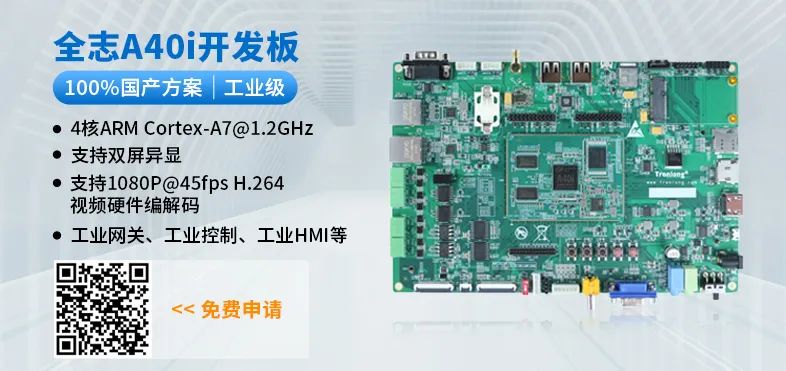
With the rapid development of 5G, the concept of the Internet of Things (IoT) has gradually entered everyone’s view. I’m sure you’ve heard of it. But what exactly is the Internet of Things?
The Internet of Things (IoT) is a network that connects all ordinary physical objects that can be independently addressed, based on the Internet, traditional telecommunication networks, and other information carriers.
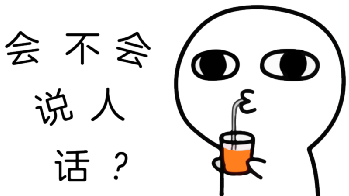
Let me explain it in simple terms. Simply put, the Internet of Things means connecting objects to the network, allowing information exchange between objects and between objects and people. The Internet of Things is the internet of everything, an extension and expansion of the traditional internet.
1. Concept of the Internet of Things
To understand the Internet of Things, we should start with the Internet.
Simply put, the Internet is a vast network that connects all computers, enabling them to exchange information. Later, devices like tablets and smartphones gradually connected to the Internet, forming the mobile internet.
With the continuous development of technology, people found that not only computers and mobile terminals but also various objects in life could connect to the internet if they were equipped with chips, allowing for information exchange and transmission. For example, mechanical watches have evolved into smart watches and fitness bands.
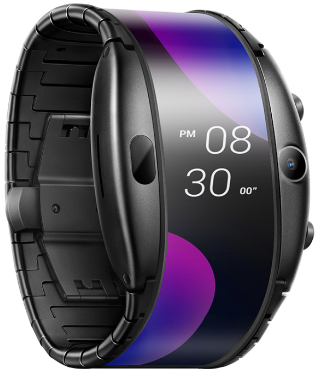
For instance, installing a smart chip in the household gas meter allows for automatic reading of gas meter data without manual recording. We only need to pay through an app.
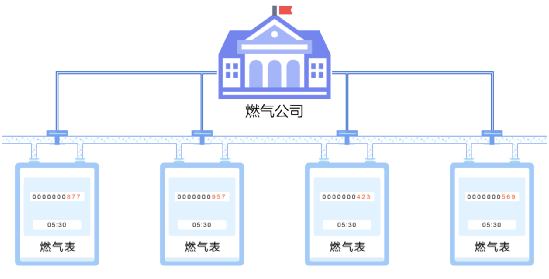
By now, you should have a general idea of what the Internet of Things is, right? That’s right, the Internet of Things is about equipping various devices in production and daily life with chips, giving them the ability to connect to the internet, which is known as the interconnection of all things.
Now that we know what the Internet of Things is, the next question arises: how does the Internet of Things operate with so many connected things?
2. Operation Mode of the Internet of Things
Let me take shared bicycles as an example to briefly introduce the current operating principles of the Internet of Things.
Shared bicycles are a typical application model of the Internet of Things, consisting of three elements: users, cloud servers, and bicycles.
-
User: Specifically, the app on the user’s phone -
Cloud Server: The cloud server of the bicycle operator, used to store bicycle and user information -
Bicycle: The core device is the smart lock, which contains a chip. The chip acts as the bicycle’s “brain,” making it smarter while connecting to the network.
The operation principle of shared bicycles can be described through the following simple process:

In the above process, the user’s phone app communicates with the cloud server using 4G, while the cloud server communicates with the bicycle’s smart lock using GPRS.
At this point, you might wonder: how is the chip inside the smart lock powered?
In the past, it was powered by human effort. The rider acted as a human generator to charge the bicycle’s smart lock while riding. That’s why older bicycles were tiring to pedal; now you know the reason. (Covering mouth and laughing)
Now, bicycles are powered by solar panels located at the bottom of the basket.
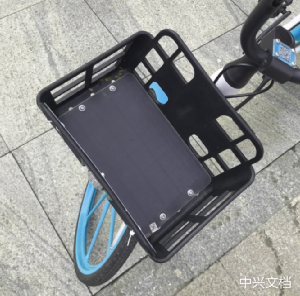
So, this bicycle basket should not be misused, like in the picture below…

Shared bicycles, as one of the new four great inventions, are a model of current IoT applications. Similar to shared bicycles, other IoT application models also consist of three elements: device objects, cloud servers, and apps. This app can be installed on users’ smartphones or other mobile devices to control and manage the device objects. In the shared bicycle model, the cloud server communicates with the bicycle’s smart lock using GPRS, without using 5G communication. So, what will the future of IoT based on 5G look like?
3. Looking Ahead to the Future of IoT
In fact, one of the three major application scenarios of 5G, mMTC (massive machine-type communication), is aimed at the Internet of Things. With the powerful connectivity of 5G networks, it can connect one million devices per square kilometer. Public infrastructure such as manhole covers, streetlights, and water meters can connect to intelligent management platforms to work collaboratively, which embodies the concept of a “smart city.”
In a “smart city” scenario, only a small number of maintenance personnel are needed to manage all public facilities in the city, greatly improving the operational efficiency of the city.
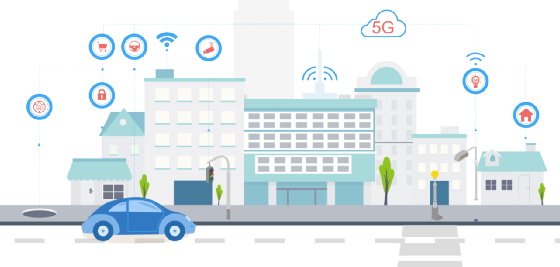
A smart city is just a microcosm of the Internet of Things; devices in other industries and fields can also connect to the internet, enabling scenarios such as smart agriculture and smart homes.
In smart agriculture scenarios, sensors collect meteorological data, soil moisture, and temperature data. When it hasn’t rained for a long time, the irrigation system can automatically start; when there is too much rain, the drainage system can automatically kick in, significantly improving agricultural production efficiency.
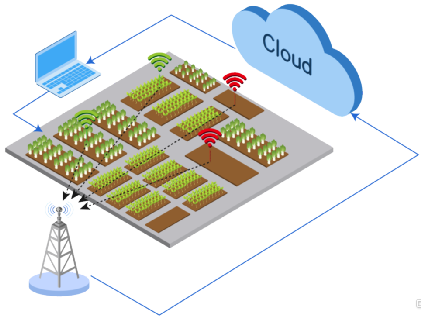
In the future, the Internet of Things can enable centralized management and control of home appliances and devices. Imagine a smart home scenario: every morning, the alarm clock rings on time, the kettle automatically starts boiling water. After you leave for work, the lights and air conditioning turn off automatically, the washing machine starts washing clothes, and the robot vacuum cleans… and you can control these smart devices at home anytime through a mobile app while at work.
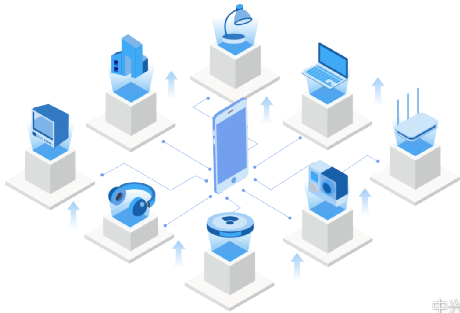
Technology changes lives. With the rapid development of 5G, big data, and artificial intelligence, the Internet of Things will undoubtedly thrive, bringing about tremendous changes to our lives. Let’s wait and see together.
In daily life, what other IoT applications have you encountered? What does your imagined interconnected life look like? Let’s leave a message and discuss!